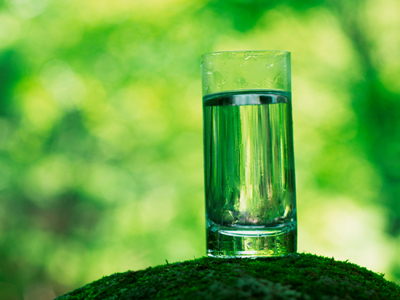
Purifying Water
This Chemistry quiz is called 'Purifying Water' and it has been written by teachers to help you if you are studying the subject at high school. Playing educational quizzes is a user-friendly way to learn if you are in the 9th or 10th grade - aged 14 to 16.
It costs only $12.50 per month to play this quiz and over 3,500 others that help you with your school work. You can subscribe on the page at Join Us
The provision of clean water for us all is essential for mankind. In high school, Chemistry students will look at some of the methods of purifying water, such as distillation, filtering and adding chlorine. This quiz will test you to see how well you understand these processes.
Ready for more?
not all...
quizzers. Try to win a coveted spot on our Hall of Fame Page.







